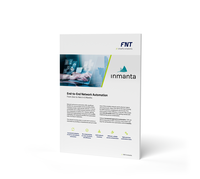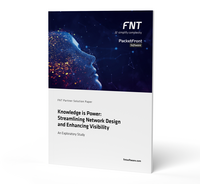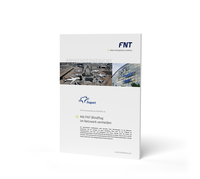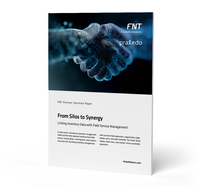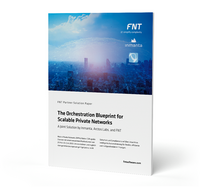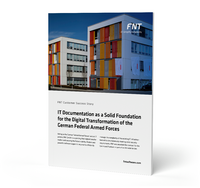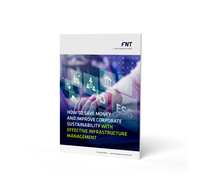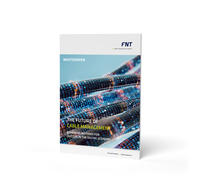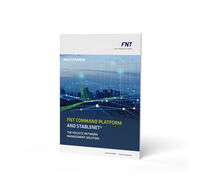What is network documentation?
Network documentation is the process of systematically recording and maintaining information about a network’s infrastructure, including hardware, software, connections, and configurations. It provides a detailed overview of all active and passive components, physical and logical connections, and dependencies within a network.
Effective network documentation is essential for IT teams to ensure smooth operations, streamline troubleshooting, improve security, and support future network planning. By maintaining up-to-date documentation, businesses can reduce downtime, enhance compliance, and optimize network performance.
A network documentation solution automates this process, creating a structured, real-time digital representation of the network that serves as a foundation for analysis, reporting, and decision-making.
Organizations need a foundation of complete and up-to-date network documentation to efficiently operate the complex hybrid network infrastructure. FNT’s professional software for network documentation not only records the complete network infrastructure, it also enables planning and management using advanced functionalities from analysis and visualization to process management.
Main components of Network Documentation
What are the advantages of FNT’s Network Documentation Software?
A single system of record for the entire network infrastructure, from the physical network to services. All data is stored in an integrated data model that exposes it to planning processes and makes it available for analysis and reporting. Gain deeper insights by graphically visualizing individual components and the relationships between them.
Operate more efficiently with planning and work order management functions, an underlying workflow engine, and asset and configuration data all in one solution.
Comprehensive and sophisticated planning features include graphical georeferenced representations of networks, signal tracing, auto-routing, and integrated workflow functionalities.
Highlights of FNT’s Network Documentation Software
FNT's network documentation software provides a comprehensive overview of the network infrastructure by recording all relevant information. This includes all active and passive components, logical and physical connections, and the dependencies between them. FNT stores this information in a centralized database and exposes it to all applications that need it.
Numerous management functionalities make the data actionable, including planning, workflows, analytics, graphical visualization and GIS integration. It can also interface with other systems to ensure the data remains current after the initial recording.
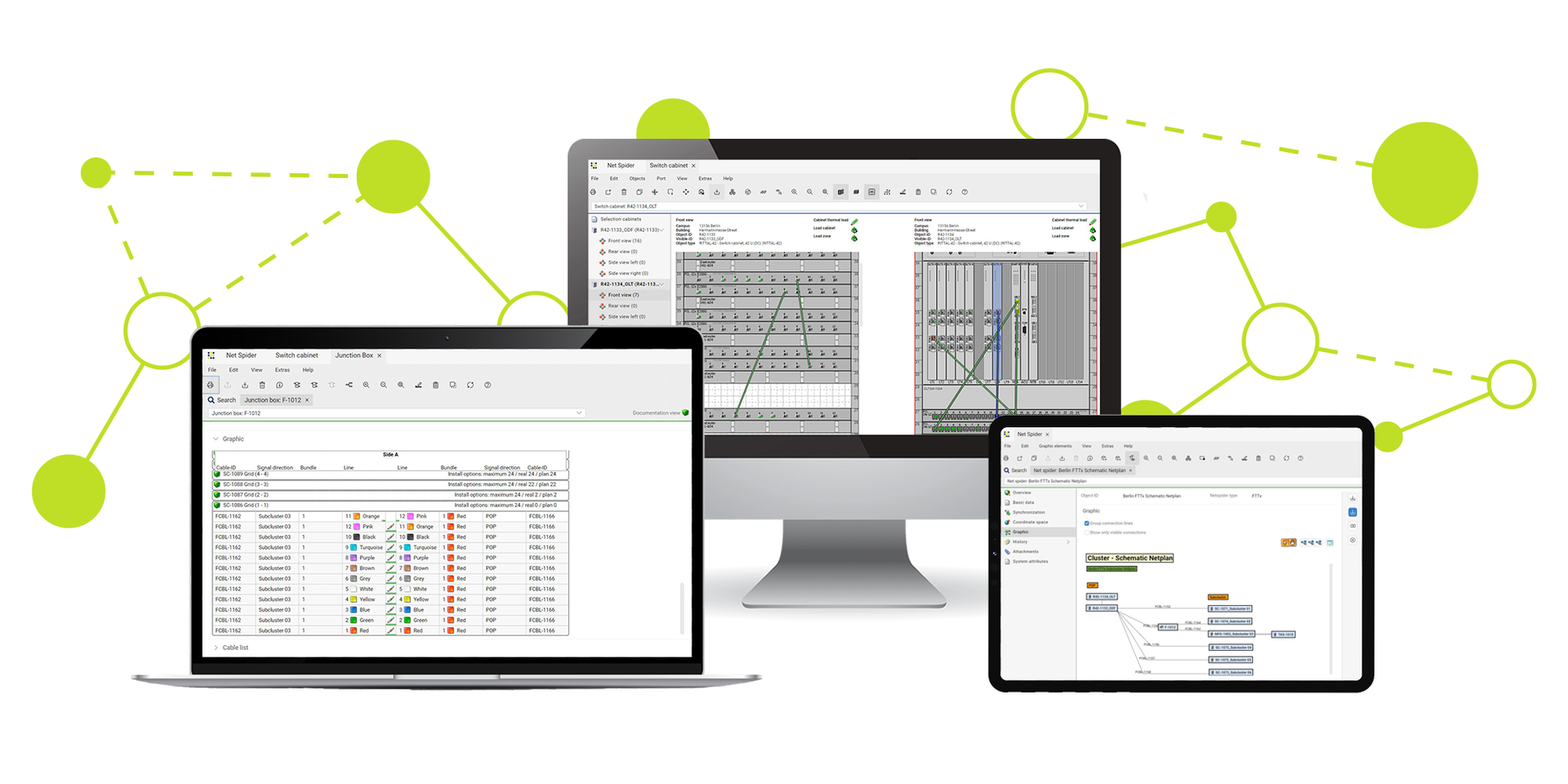
Would you like to see how our solution for network documentation works?
FAQ: Network Documentation
Network documentation is a term that describes the complete recording of your network infrastructure, which includes its complex structure, or network design. That means all active network components (such as routers and switches) and all passive network components (such as cables and patch panels) are documented. Network documentation can refer to both local area networks (LAN) and wide area networks (WAN), which are data and telecommunications networks.
Companies document their networks because it’s the only way to deal with the increasingly complex nature of network infrastructures in the digital world. They need to keep track of the infrastructure and know exactly what the complex relationships and dependencies are to resolve faults faster, make better decisions and operate the network more efficiently overall. Accurate as is documentation of the network is essential.
If you’re using anything less than a professional documentation software, you are at a disadvantage. Excel spreadsheets, homegrown applications and other software not suited for the digitally transforming infrastructures contain outdated information, are not user friendly, and lack important functionalities such as graphical visualization and planning features that improve transparency into the network. Professional network documentation software, on the other hand, reliably records all relevant components and uses interfaces with other systems to ensure that the data remains current after the initial recording. You gain more efficiency, security, plannability, and reliable documentation quality.
In addition to presenting and making information usable, network documentation, like IT documentation, forms an important basis for implementing other processes. These include IT asset management, configuration management, IT infrastructure management, cable management, service catalog management and IT automation in your own company.
In complex networks, failures and disruptions can occur - despite all preventive measures. Research shows that such downtimes usually occur more than 50 times a year, and that 10% are based on inadequate documentation.
Complete network documentation with a comprehensive documentation system can significantly reduce these downtimes as well as the associated troubleshooting. With proper documentation software, you can easily and clearly document all network cabling. This information enables you to find and fix network problems faster. All network components can be automatically recorded via connected auto-discovery systems. The representation of all connections and devices forms the basis for cost-saving planning, faster troubleshooting, and smooth operation.
Comprehensive network documentation with the right tool or software provides the solid information base needed to make important decisions, especially about increasing efficiency. By having an overview of your entire network with all network data, you can manage all activities and processes of your devices and connections much more efficiently and with improved planning capability.
Every company that has a larger network infrastructure should have complete network documentation. How best to document specific components depends on the unique scenario. We recommend a consultation with our software experts to scope your needs. Feel free to contact us!
FNT's software solution provides a central platform for network documentation. Use it to gain complete transparency into your network infrastructure - from active and passive components, physical and logical connections and dependencies to services. With our powerful software for network documentation, you have a secure foundation for further projects around the network infrastructure and ensure the optimal overview of your network environment.
Our powerful software solutions and products are used by more than 500 companies globally. With our many years of experience working closely with our customers, we can offer solutions tailored specifically to your needs. You’ll be able to manage your services, configurations, and infrastructure holistically, keep network disruptions to a minimum, and costs down.
Are you ready to make the move to professional network documentation? Our documentation experts are happy to show you what our software can do for you. Contact us and request a free demo.
Would you like to know more about Network Documentation? Then you might be interested in the following:

Enter your email address to receive regular updates about FNT and our products:


